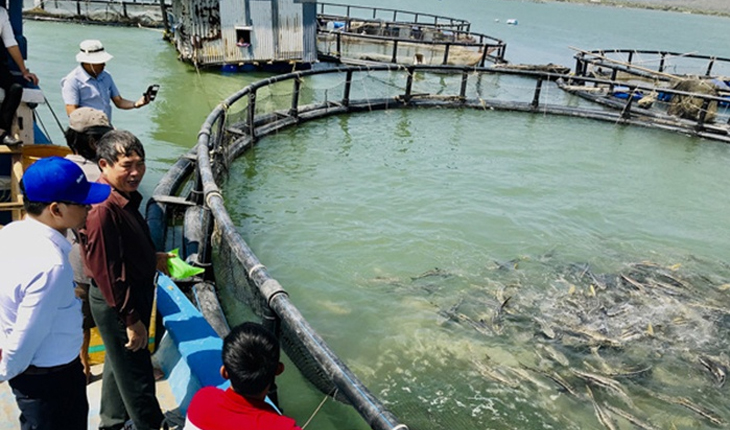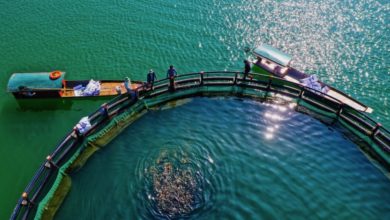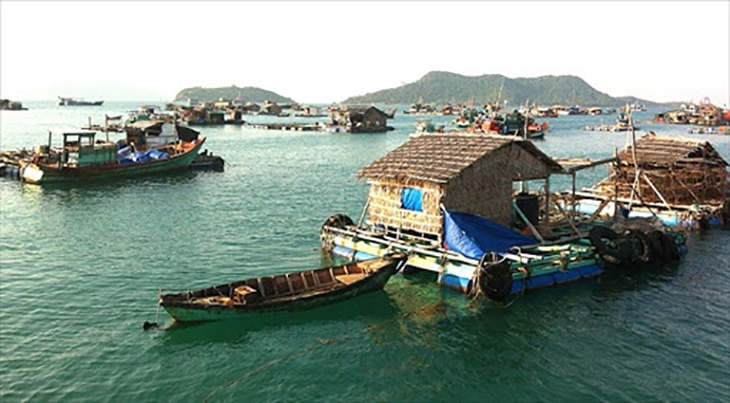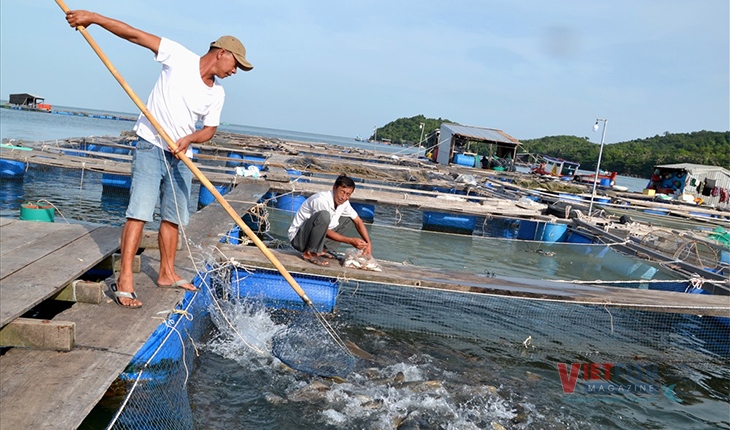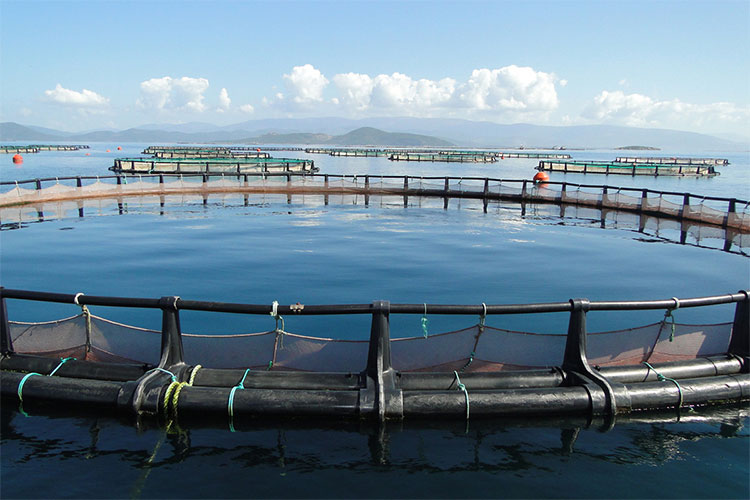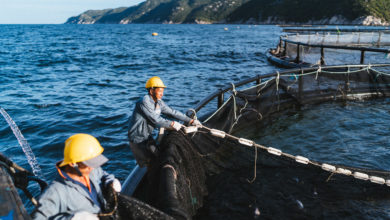Climate change impacts on aquaculture productivity in Vietnam’s coastal regions
Climate change is increasingly affecting aquaculture in Vietnam’s coastal regions, bringing about extreme weather events such as severe storms, prolonged droughts, saltwater intrusion, and rising seawater temperatures in 2023–2024. These factors are reducing aquaculture productivity and yields, posing significant threats to the livelihoods of coastal communities.
Unpredictable weather patterns
Increased storms and tropical depressions
The frequency and intensity of storms and tropical depressions in Vietnam have risen in 2023–2024. Typhoon Yagi, for example, caused severe damage to the agricultural sector, destroying or sweeping away more than 1,500 aquaculture cages in northern provinces such as Quang Ninh and Hai Phong. These damages cost fishers millions of dong, heavily impacting their income and livelihood.
Rising seawater temperatures
Seawater temperatures have risen by about 1.5 degrees Celsius above previous averages, affecting water quality and weakening the resilience of aquatic species, making them more susceptible to disease. This warming also creates conditions for harmful phenomena like “red tides,” which have caused mass die-offs among fish and other marine species.
Early and deeper saltwater intrusion
Saltwater intrusion is occurring earlier and reaching further inland, increasing salinity levels in water bodies. This change threatens species not adapted to saline environments, challenging freshwater and brackish water farming areas and leaving many households in dire situations.
Altered rainfall and prolonged droughts
Irregular rainfall patterns and extended droughts have negatively impacted freshwater sources, reducing the ability to sustain aquaculture environments. This ecological imbalance affects the living conditions of shrimp, fish, and other marine species.
Impacts on aquaculture productivity and yields
Declining productivity
According to the Ministry of Agriculture and Rural Development, aquaculture productivity has sharply declined due to climate change impacts. While aquaculture has achieved an export turnover of around $6.25 billion, the target of $9.5 billion for 2024 seems increasingly out of reach. Unstable growth and adverse environmental factors have made it challenging for farmers to maintain production levels.
Increased disease outbreaks
Sudden changes in temperature and salinity have fueled disease outbreaks in fish ponds, reducing yields and increasing treatment costs, resulting in substantial economic losses for farmers.
Disruption of natural food chains
Climate change has decreased the availability of plankton, the primary food source for many aquatic species, affecting the growth and development of these species and, consequently, reducing yields.
Economic losses
The decline in productivity and yields has led to economic difficulties for fish farmers, who face rising production costs due to higher feed prices, reducing profits and threatening their livelihoods.
Challenges in maintaining aquaculture environments and technology
With every change in weather, farmers are forced to adjust farming practices, leading to added costs and production pressures. Most aquaculture operations in Vietnam are small-scale, lacking the financial resources and technology to implement climate-resilient measures. Investments in environmental regulation systems and water quality control remain a significant challenge, particularly for households and small businesses unable to access advanced technologies.
Difficulty in sourcing high-quality breeding stock
Climate change is deteriorating the natural habitats of breeding species. Key breeding areas have been affected, leading to lower-quality aquatic stock and impacting future yields and productivity.
VFM


